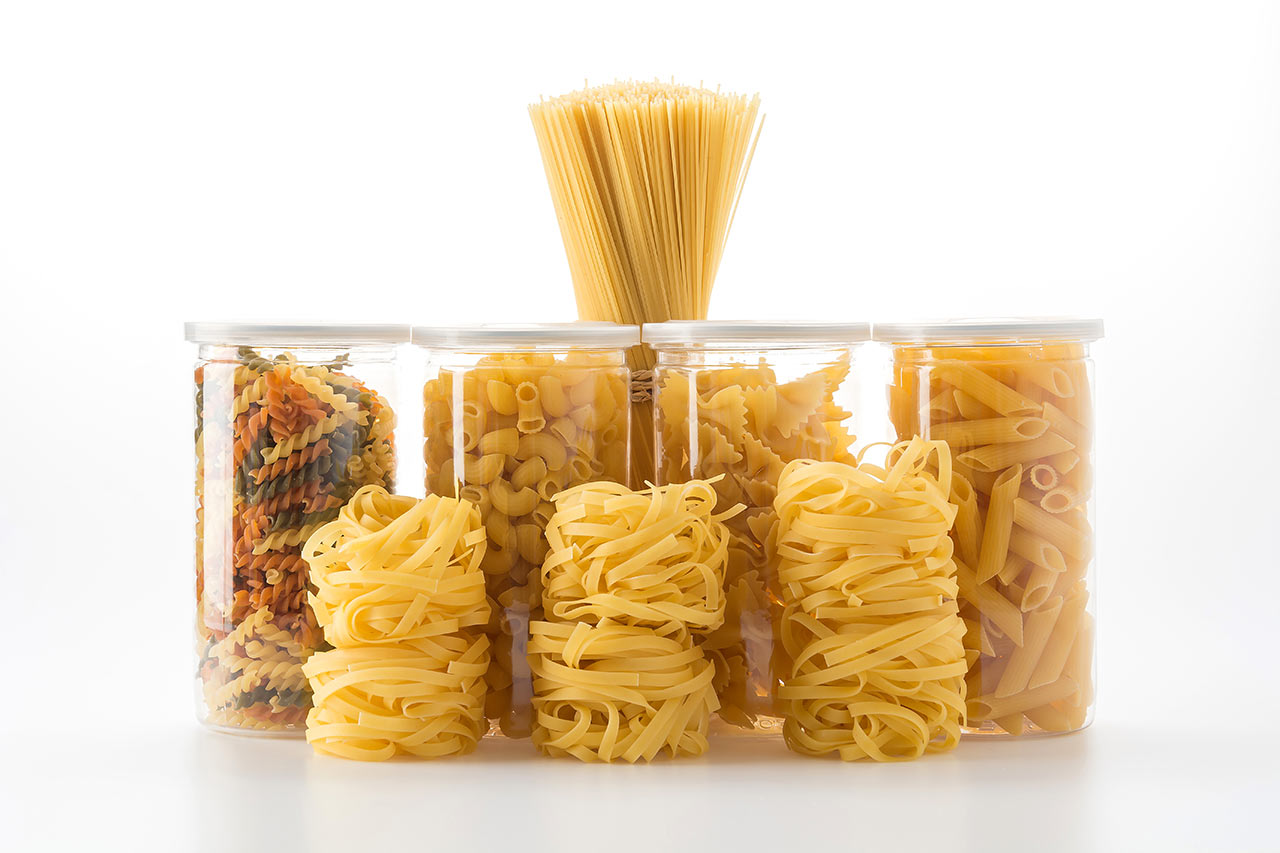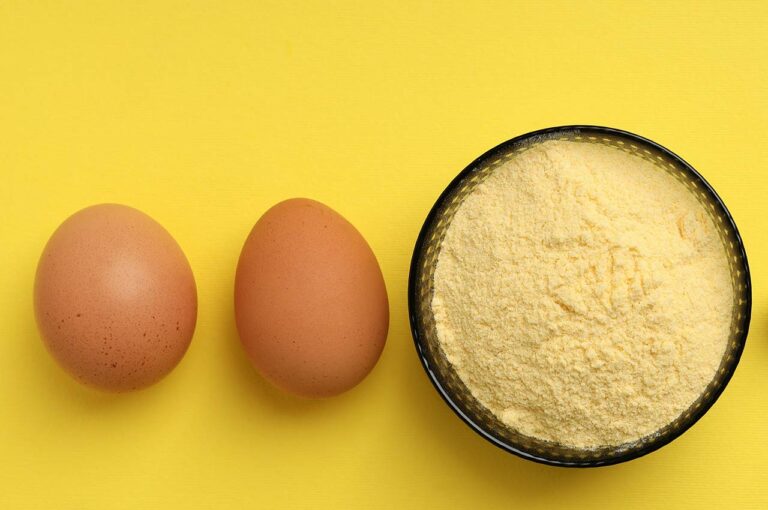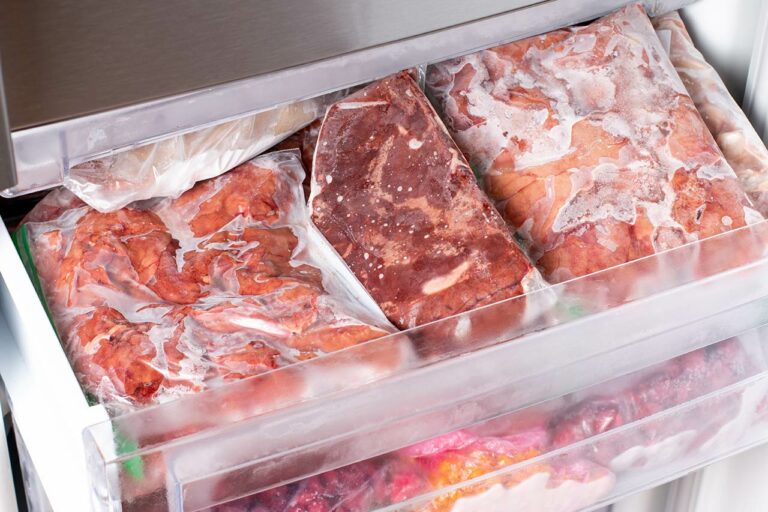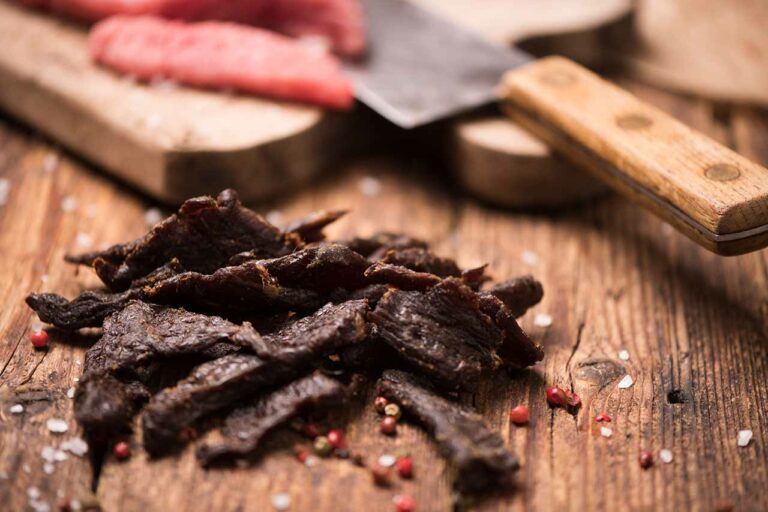How To Store Pasta Long Term: Expert Tips For Maximum Shelf Life
Storing pasta long-term can be a smart move, whether you’re prepping for potential emergencies or stocking up your pantry with versatile, easy-to-prepare foods. Dry pasta is an ideal choice for long-term storage. With thoughtful packaging and ideal storage conditions, it can last for up to 25 years, or even longer, while maintaining (most of) its quality.
Ready to get to storing pasta for the long-haul? Here are some ways to make your pasta palatable for more than a quarter of your lifetime.
Criteria for Storing Pasta
Storing pasta long-term requires you to consider several factors to ensure it remains in top-notch quality. You’ll want to account for moisture, heat, temperature, light, and humidity levels in the pasta’s storage environment.
Temperature and Humidity
First and foremost, to keep your pasta fresh and long-lasting, store it in a cool, dry place. It’s essential to maintain a consistent temperature that’s below 70°F (21°C) to avoid attracting mold and pests. A pantry or cupboard situated away from heat sources like your stove is an ideal location.
Moisture and Humidity
The role of moisture and humidity in pasta storage cannot be overstated. To prevent clumping and spoilage, it’s crucial to keep the humidity level below 15%. If you live in a humid environment, you can use a dehumidifier in your pantry to achieve these conditions.
Light Exposure
Keeping your pasta from light exposure is vital, as light can cause pasta to become discolored and lose its nutrients over time. Shield your pasta by keeping it in opaque, airtight containers. Make sure the storage containers you use have tight-fitting lids to prevent air from entering.
Vacuum Sealing and Oxygen Absorbers
Even better than air-tight storage containers is vacuum-sealing. If you really want to keep pasta fresh and ready for the long haul, investing in a vacuum-sealing food preservation machine can be a game-changer.
Vacuum-sealing will prevent any air from reaching your pasta, extending its shelf-life by years and years (assuming other storage conditions are ideal).
Another option is oxygen absorbers. Oxygen absorbers inside air-tight plastic bags will help stave off any mold or rancidity in your stored pasta.
Long Term Storage of Dry Pasta
Packaging Dry Pasta
While vacuum-sealing is your best bet for keeping pasta ready-to-eat for a quarter of a century, you do have other options when it comes to long-term storage. Some popular options include:
Mylar Bags (with Oxygen Absorbers)
Mylar bags outfitted with oxygen absorvers are excellent at protecting dry pasta from air, light, and humidity, and they can be easily sealed using a heat source.
Food-Grade Buckets
These are highly recommended for larger quantities of pasta. They are both durable and airtight. Line the bucket with a large Mylar bag and an oxygen absorber, and seal the bag before closing the bucket tightly.
Airtight Plastic or Glass Containers
More suited to smaller amounts of dry pasta, airtight containers may not keep your pasta fresh as long, but they’re a good choice for shorter-term storage.
Storing Based on Types of Dry Pasta
Different types of pasta have slightly different storage requirements. Here’s a quick breakdown of the storage considerations for common pasta shapes and compositions:
- Semolina pasta: This type of pasta is made from durum wheat and has a relatively long shelf life when stored correctly. Keep it in an airtight container, away from moisture and light.
- Gluten-free pasta: These pastas are made from alternative flours, such as rice, corn, or quinoa. They can be more sensitive to moisture and may have a shorter shelf life than semolina pasta. Your best bet is to store them in airtight containers with oxygen absorbers.
- Long pasta shapes: Long shapes like linguine or spaghetti can break easily, so handle and store them with care to avoid crushing the noodles. A slender, airtight container or a Mylar bag works well for this purpose.
- Short pasta shapes: Sturdy shapes like penne or orecchiette are less likely to break, so an airtight container, Mylar bag, or food-grade bucket will suffice for safe storage.
Long Term Storage of Fresh and Cooked Pasta
Freezing Fresh and Cooked Pasta
When it comes to long-term storage, freezing is the best solution for both fresh and cooked pasta. For fresh pasta, place it in an airtight container or vacuum-sealed bag, which can be frozen for up to eight months. Cooked pasta can also be frozen in airtight containers for up to two months.
To avoid freezer burn and preserve texture, try to remove as much air as possible from the container or bag. When you’re ready to eat, just defrost the pasta by running cool water over it in a colander or adding it directly to boiling water or a simmering pasta sauce.
Storing Based on Types of Fresh Pasta
Different types of fresh pasta require different storage methods. Here’s a general guide based on the pasta type:
- Egg Pasta: Egg pasta, like fettuccine or tagliatelle, contains eggs, making it more perishable than other types. It should be refrigerated and cooked within two to three days, or frozen for longer storage.
- Filled Pasta: Ravioli, tortellini, or other filled pastas should always be refrigerated or frozen, as the filling can encourage bacterial growth. Keep it in the fridge for up to a few days, or freeze for up to three months.
- Flavored Pasta: Flavored pasta, like spinach or tomato pasta, should be treated similarly to egg pasta. Refrigerate for a few days, and freeze for longer storage.
- Vegetable Pasta: Store vegetable pasta the same way as other fresh pastas. Keep it refrigerated for a few days, or freeze for up to three months for longer storage.
Frequently Asked Questions
What is the proper storage temperature for dry pasta?
You should store dry pasta in a cool, dry place, such as a pantry. Temperature fluctuations can affect the pasta’s quality, so try to keep it consistently cool without any major swings. The ideal temperature range is between 50-70°F (10-21°C).
Which type of pasta is best for long-term storage?
Dried pasta works best for long-term storage because it has a lower moisture content compared to fresh pasta. Whole wheat and egg-based pasta aren’t ideal for extended periods because they contain fats and oils that can spoil and develop rancidity. Stick with plain, durum wheat-based pasta for the best long-term storage option.
Is it safe to store uncooked pasta in Ziploc bags?
Yes, it is safe to store uncooked pasta in Ziploc bags as long as they are well-sealed and airtight. But for better protection and a considerably longer shelf life, consider vacuum-sealing the pasta in airtight containers along with oxygen absorbers. This method helps to create an optimal environment for long-term pasta storage.
What is the shelf life of dried pasta?
When stored properly, dried pasta can last for 25 years or more and still be suitable for consumption. By keeping the pasta in a cool, dark, temperature-controlled location, you’re ensuring the highest chances of maintaining its quality and freshness. Remember to periodically check on your stored pasta to look for signs of spoilage or damage and replace as necessary.







